26 October 2015
Since October 1 there has been a new center for photography in Italy. It is called CAMERA – Centro Italiano per la Fotografia and it has been set up in an old building in downtown Turin that a hundred years housed the country’s first public school, just a short distance from the Mole Antonelliana and the Museo Egizio. A chance for the place to make history again? The conditions seem right. At its head is Lorenza Bravetta, former director of Magnum Photos for Europe. Turinese by birth, she has seen an opportunity in her city to put into effect an idea that she had been nursing for some time. Alongside the calendar of exhibitions, the center has a plan to digitize Italian photographic archives that have never previously come within the purview of art museums and make them available online and an interesting educational program that is being added to that of the Fondazione Fotografia in Modena at a time when Italy can no longer afford to assign the medium of photography an ancillary role with respect to other, contemporary, artistic means of expression. In the exhibition rooms that once held rows of desks and students we can now find the first retrospective of Boris Mikhailov (Kharkiv, 1938) in Italy—which will be followed by a presentation at the MADRE in Naples. A citizen of Ukraine today and of the Soviet Union before that, he has spent his life dissecting the society around him with the objectivity of an anthropologist, the lucidity of a seer and the lyricism of the great artist. On show are the accumulations of images entitled Superimpositions (1968/75), which he used to project in clandestine spaces in Kharkiv; the obsessive pictures he took of the symbols of the communist regime collected in the Red Series (1968/75); the micro-stories about the effects of the Ukrainian adoption of the capitalist model before and after the Orange Revolution in Tea, Coffee, Cappuccino (2000-10); culminating in his documentation of the protest staged in Kiev’s Maidan, on the front line with students, militants and Cossacks, in The Theater of War (2013). In the corridor, on the other hand, we can see his most famous series, Case History (1997/98), presented without frames, just as posters stuck on the wall. The pictures portray bomzhes, a word that can be translated as the “homeless down-and-outs,” a legacy left the Ukrainians by the breakup of the Soviet Union. Mikhailov makes no concessions, indeed he accentuates the sense of squalor and repulsion felt by the visitor by imposing on his subjects the canons of Christian iconography. With this set of suppurating Christs, toothless saints and Madonnas devoured by skin rashes, the photographer demolishes ideologies and moral compromises, bringing into question half a century of history.
Boris Mikhailov: Ukraine
CAMERA – Centro Italiano per la Fotografia
Curated by Francesco Zanot
Turin
October 1, 2015 > January 10, 2016
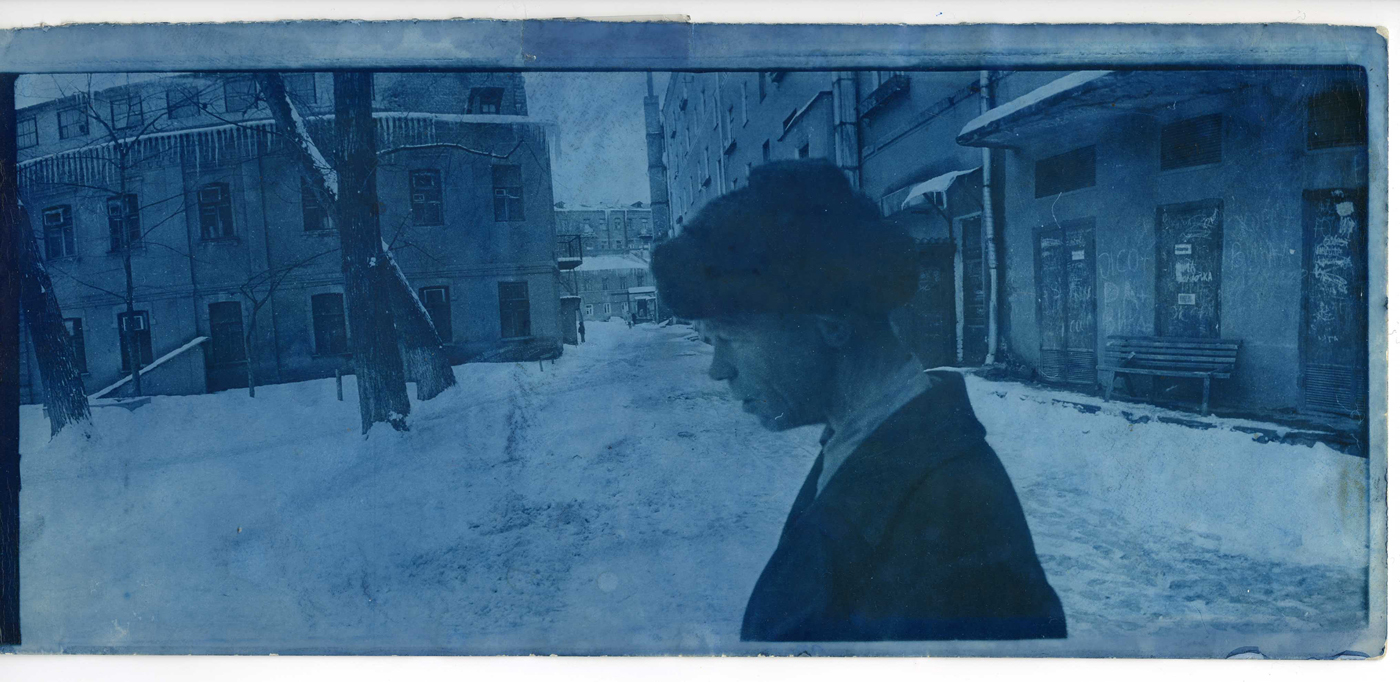
© Boris Mikhailov, Untitled, from the At Dusk series, 1993.
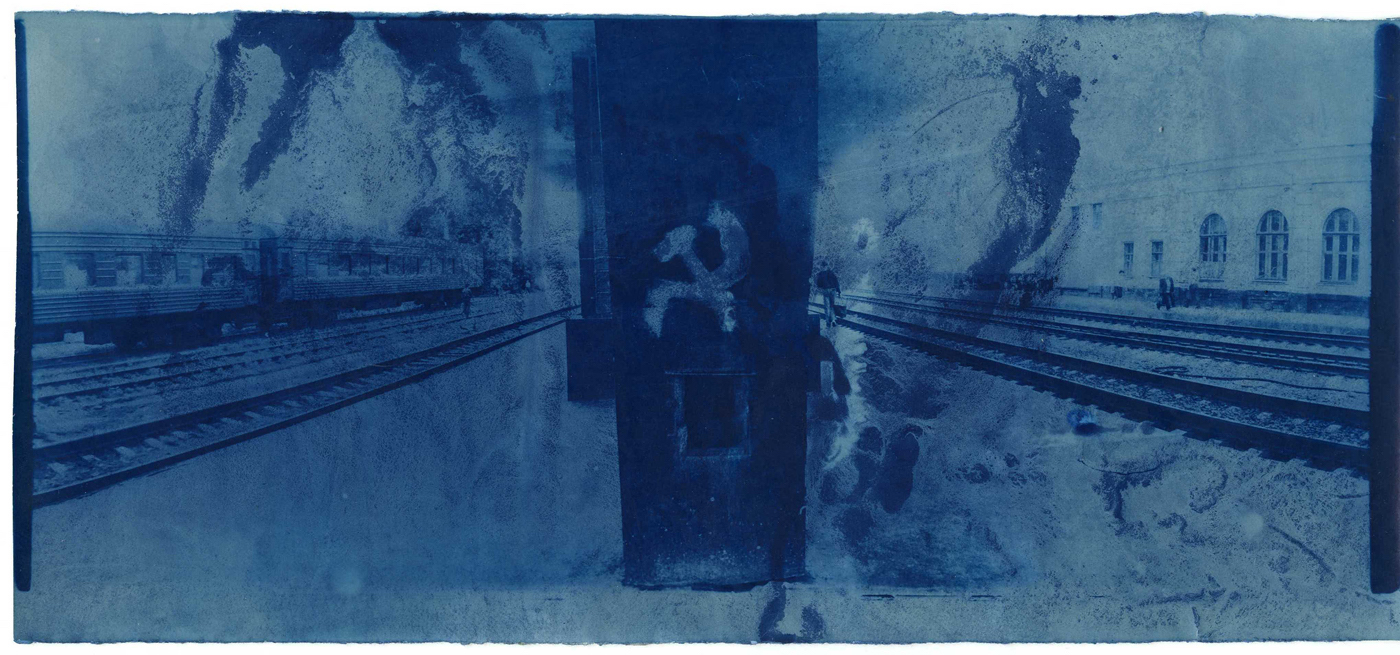
© Boris Mikhailov, Untitled, from the At Dusk series, 1993.
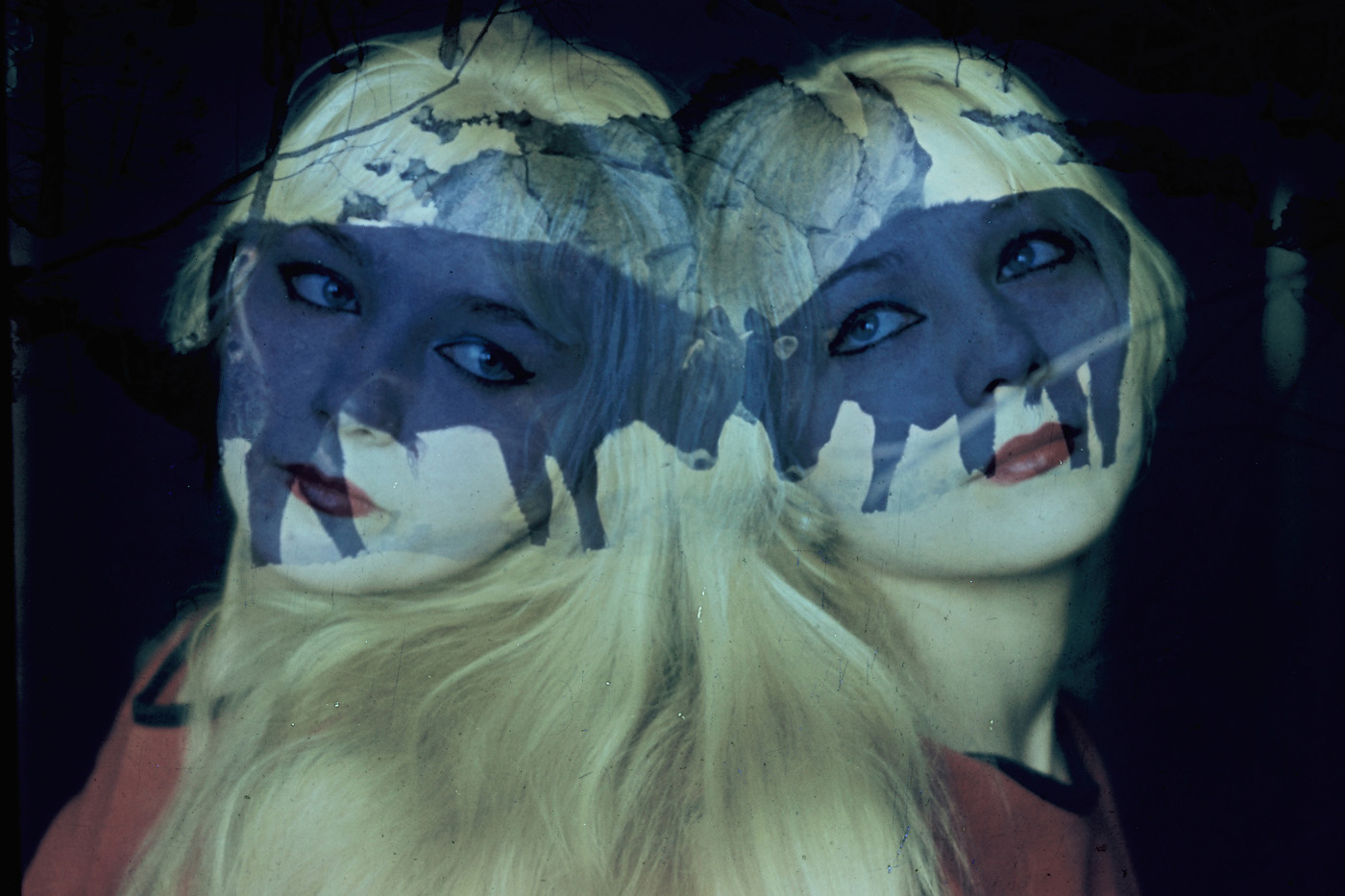
© Boris Mikhailov, Untitled, from the At Dusk series, 1993.
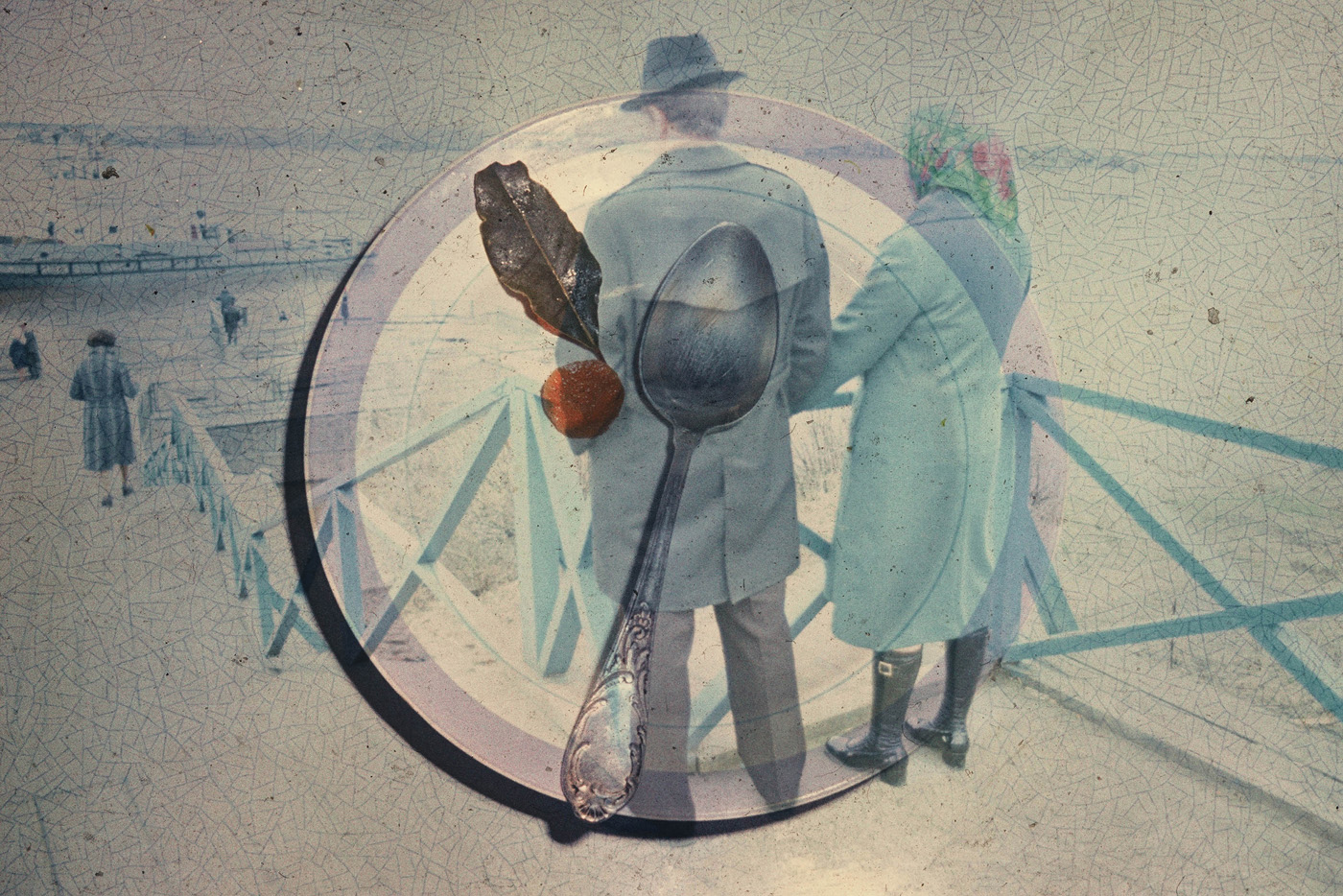
© Boris Mikhailov, Untitled, from the Superimpositions series, 1968–75.
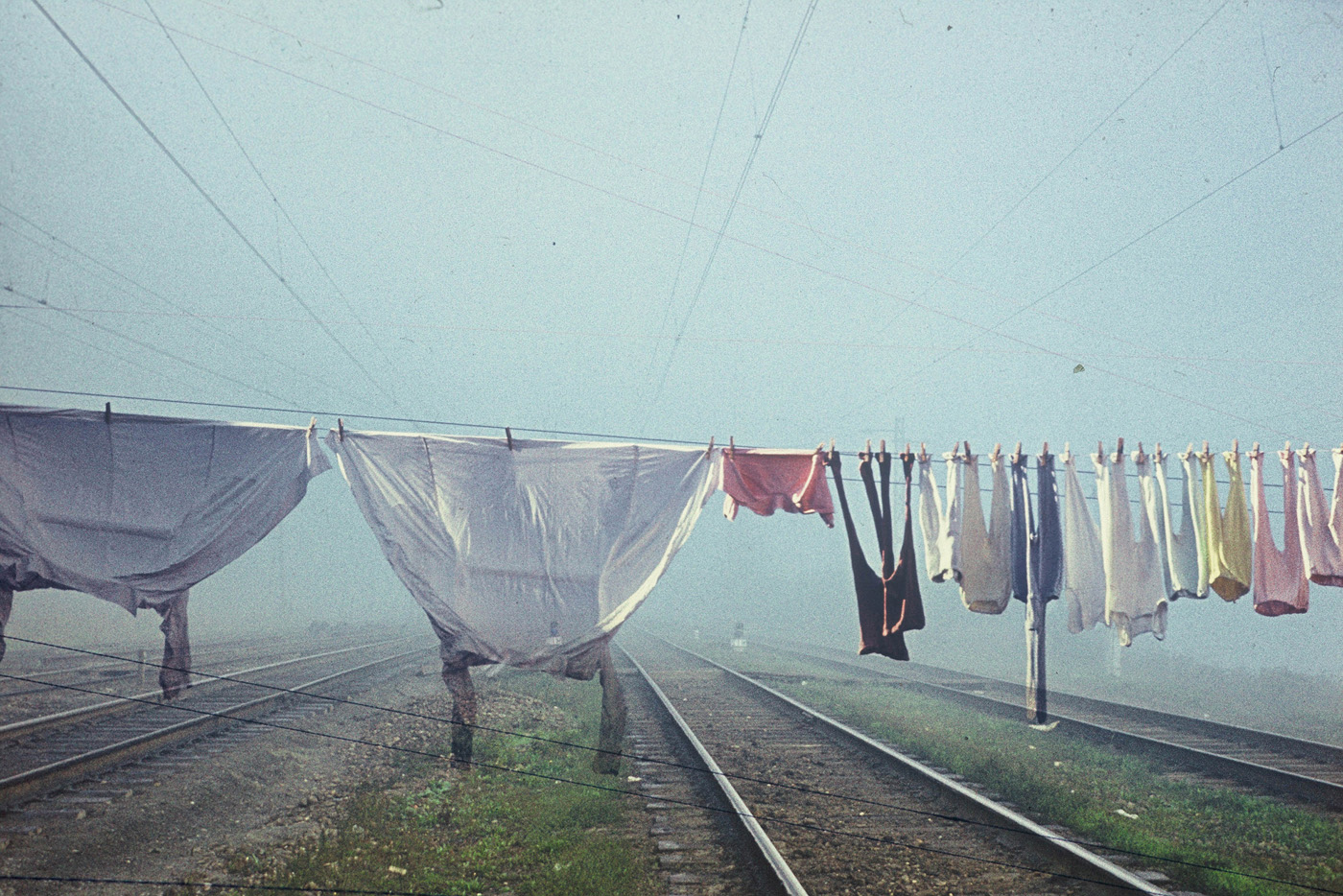
© Boris Mikhailov, Untitled, from the Superimpositions series, 1968–75.
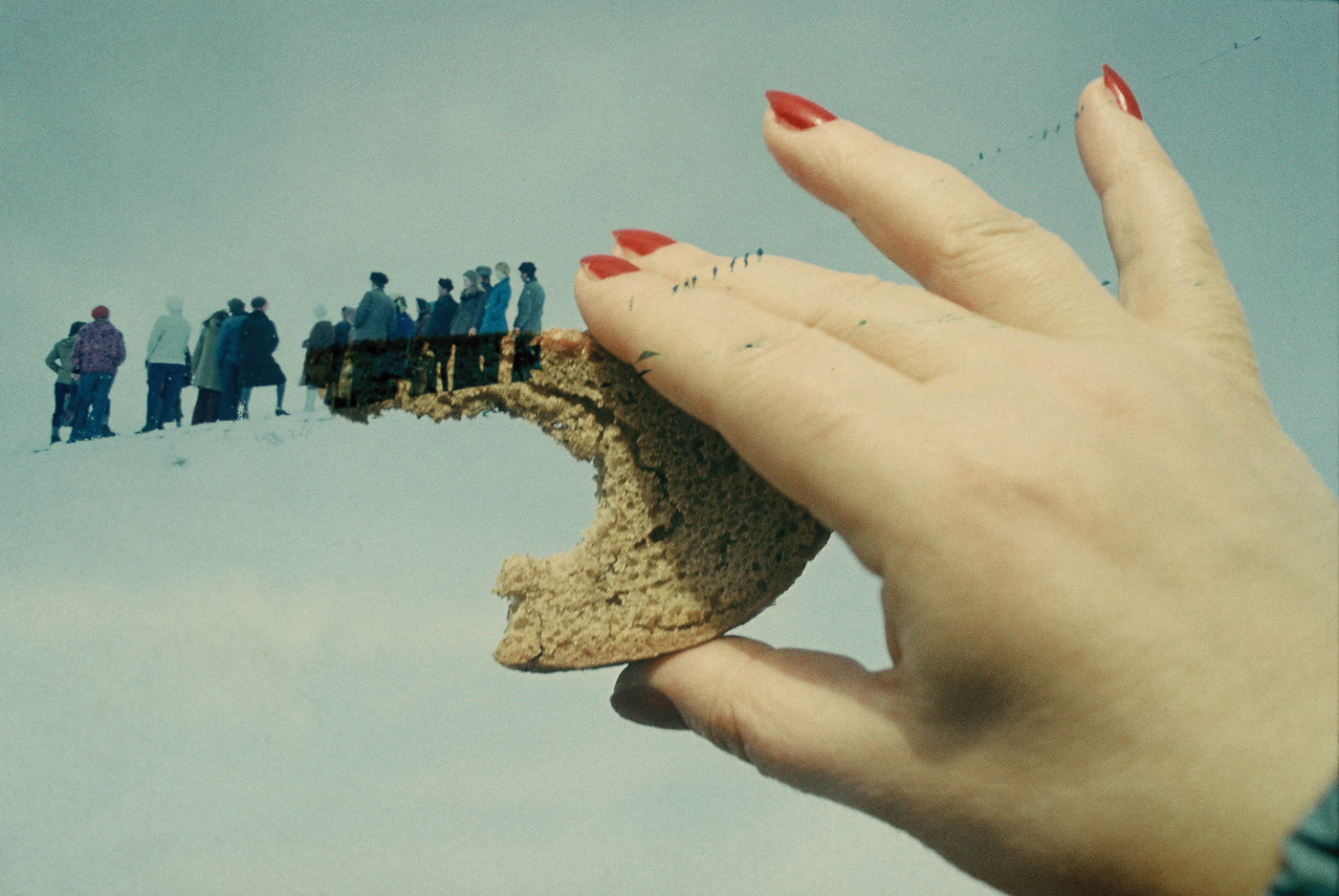
© Boris Mikhailov, Untitled, from the Superimpositions series, 1968–75.

© Boris Mikhailov, Untitled, from the Red series, 1968–75.
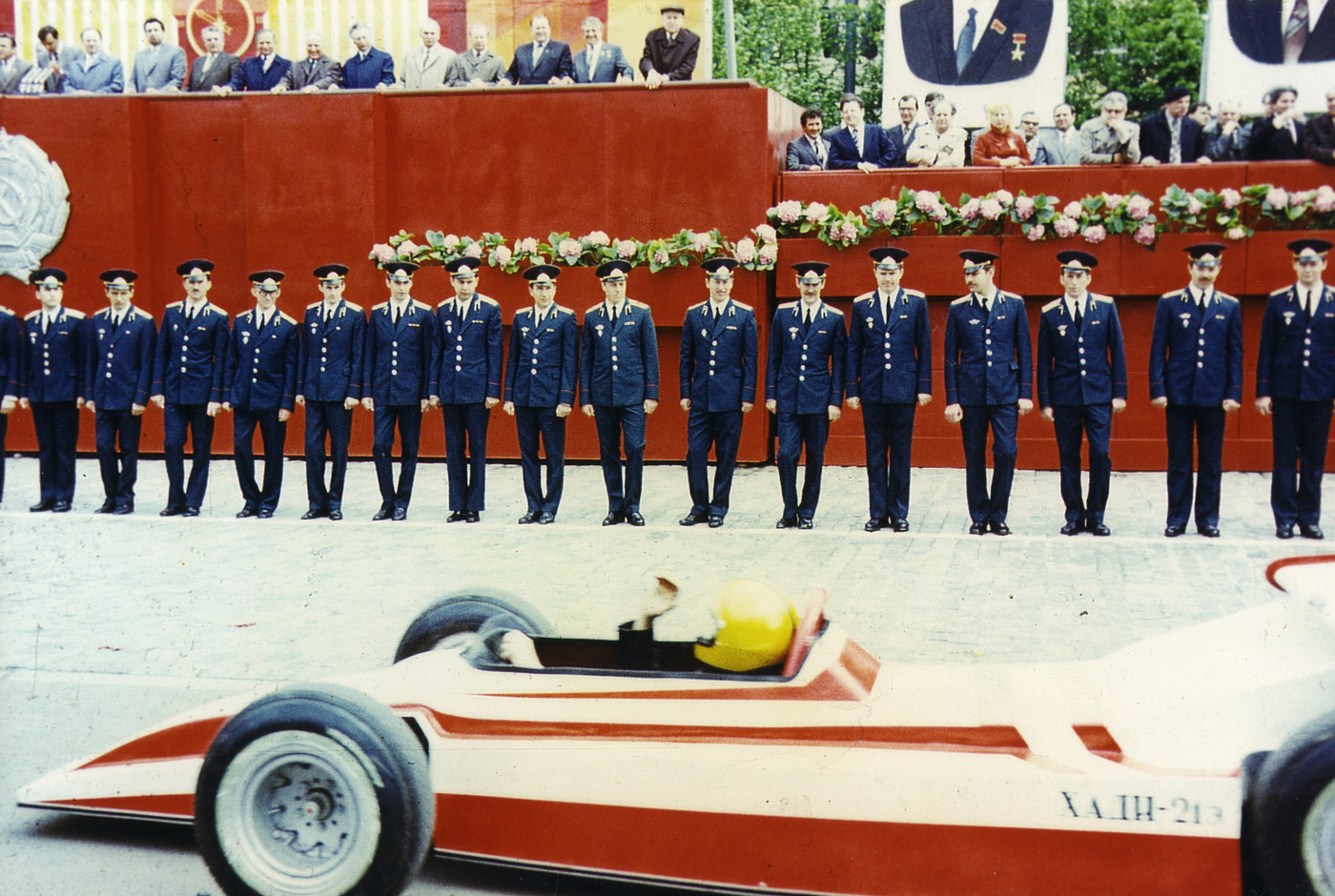
© Boris Mikhailov, Untitled, from the Red series, 1968–75.
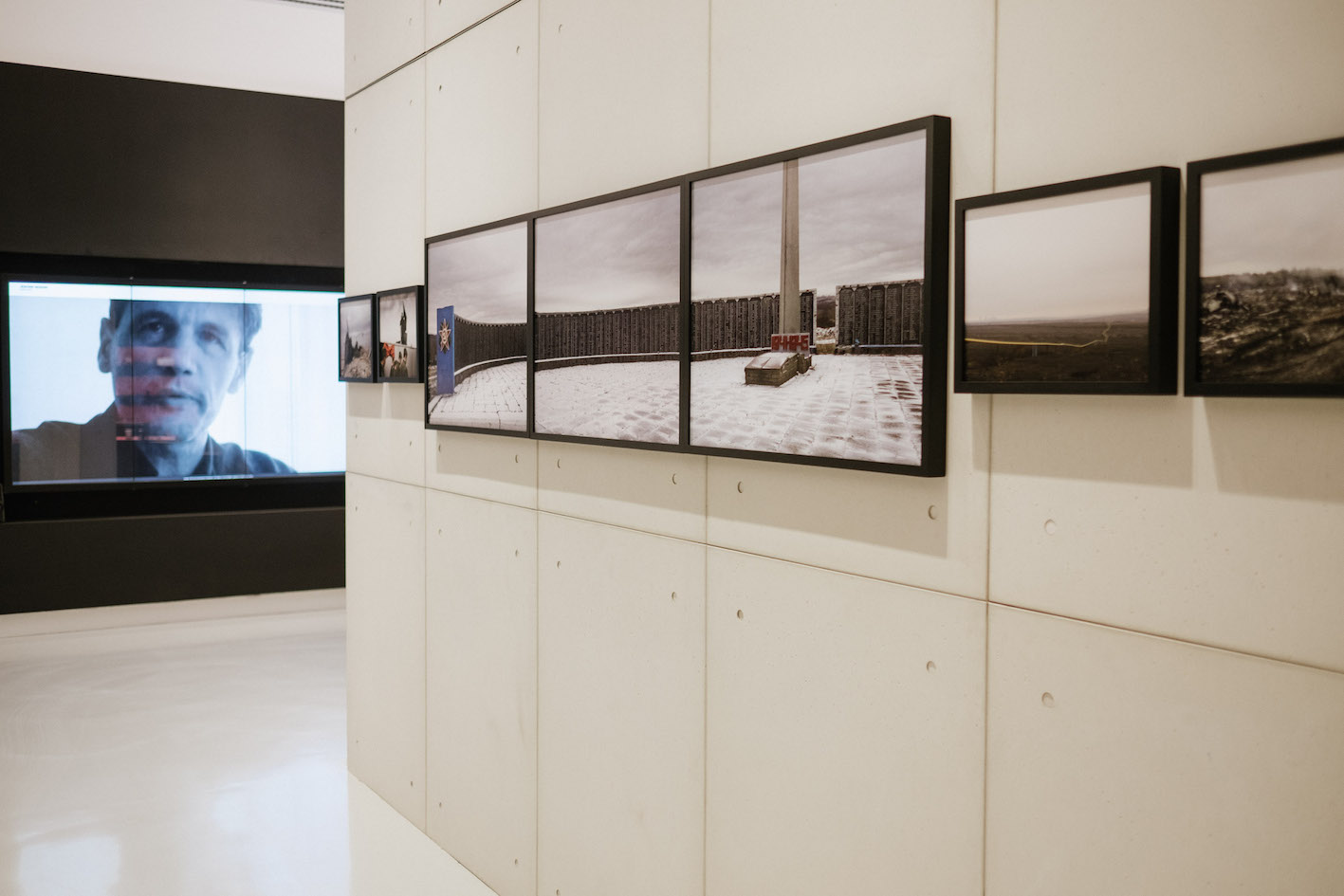
Camera – Centro Italiano per la Fotografia. Photo: © Andrea Guermani.
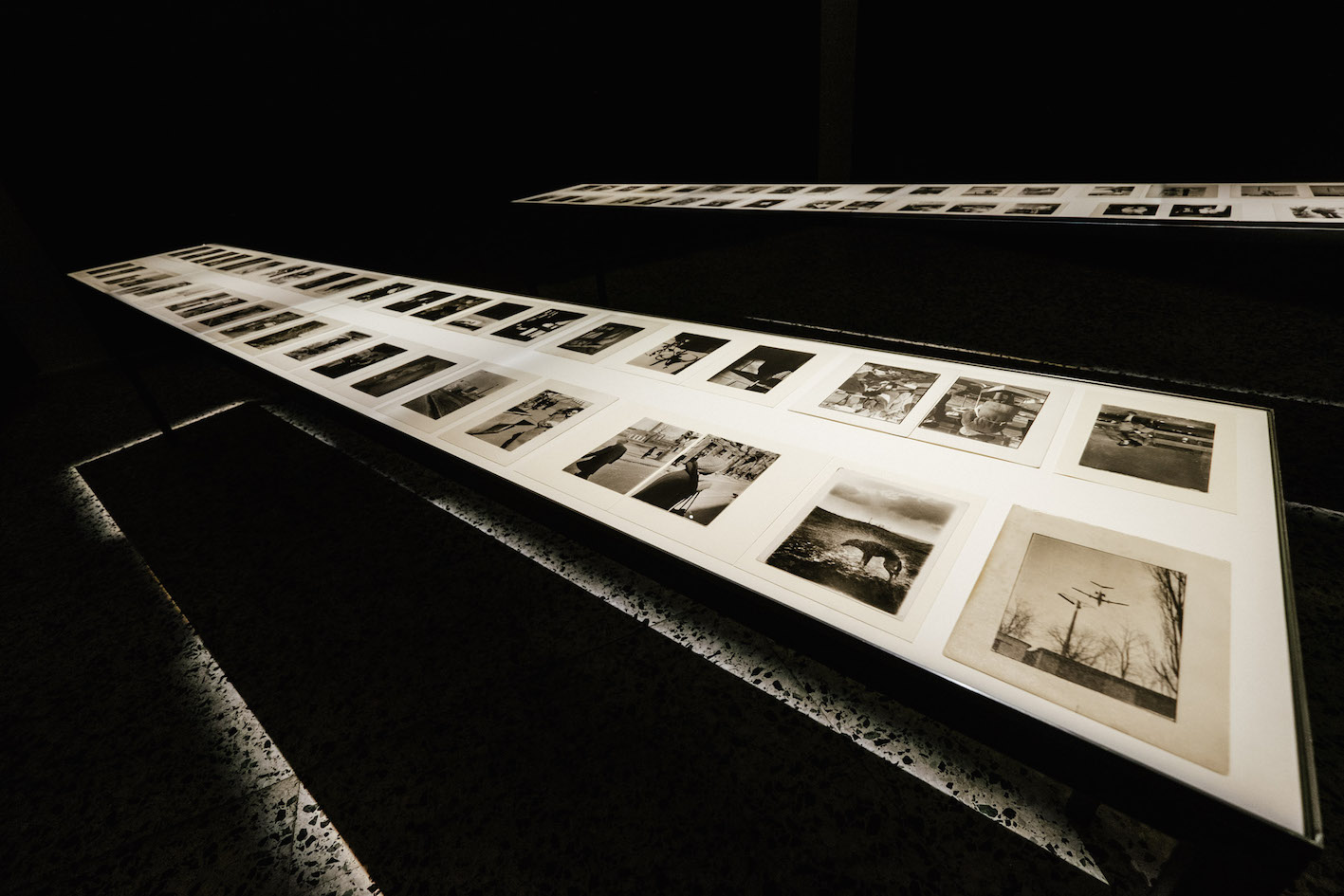
Camera – Centro Italiano per la Fotografia. Photo: © Andrea Guermani.
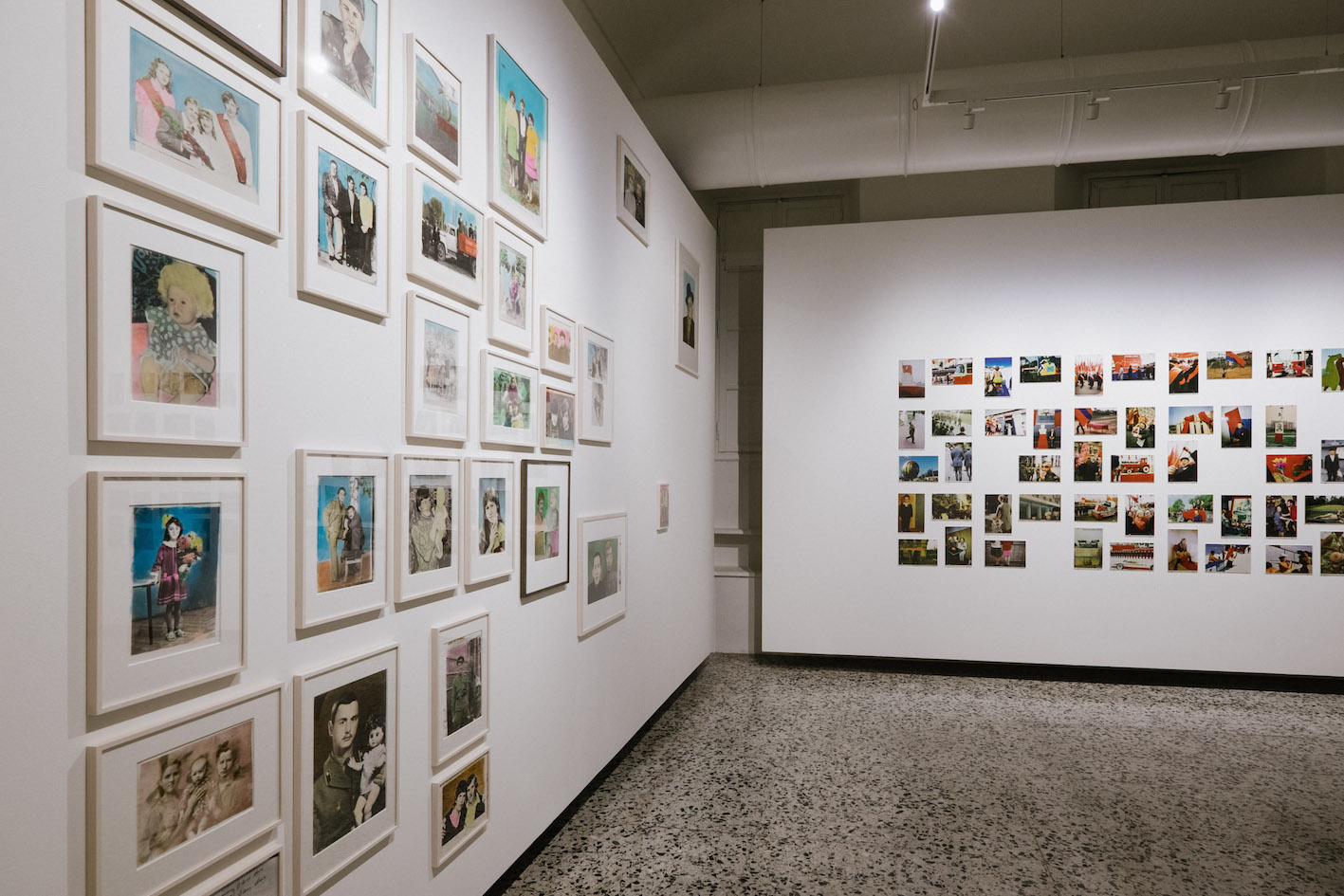
Camera – Centro Italiano per la Fotografia. Photo: © Andrea Guermani.